What nuts can and cannot be given to dogs?
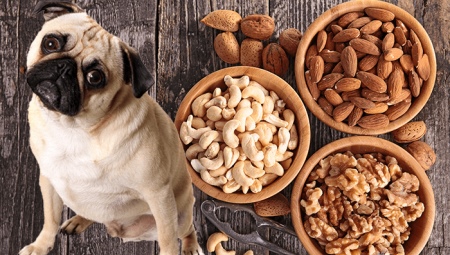
Everyone knows that nuts are healthy, since nature has endowed them with a large amount of vitamins, amino acids, and minerals. Nuts are recommended for children and the elderly, the latest WHO recommendations allow pregnant women to use them if they are not allergic to nuts. It would seem that you can add such a useful product to the diet of a four-legged family member, but everything is not as simple as it seems. Anything that can be beneficial to humans can be fatal to the dog.

Healthy Nuts for Dogs
Not all nuts can be eaten by dogs. And if in doubt about a specific product, it is best to consult a veterinarian.
Peanut
Refers to the number of safe products. The only potential danger is the possibility of developing allergies. Both people and animals are equally susceptible to it. Therefore, caution should be exercised when feeding peanuts to dog breeds that are genetically susceptible to allergies. Basically these are dogs that were bred by breeders, "artificial" breeds.
But even if your dog doesn't have allergies, you shouldn't give him too many peanuts. It is fatty, and the high fat content of food increases the likelihood of pathologies of the animal's pancreas, which can lead to vomiting, diarrhea, inflammation of the pancreas... When giving peanuts to your dog, it is best to choose unsalted and unroasted nuts.
It happens that the owner wants to please his pet with peanut products, for example, peanut butter. Please note that these products may contain xylitol (a sugar substitute).
For humans, it is not dangerous, but for a dog it is toxic: metabolism and liver condition can be significantly affected.
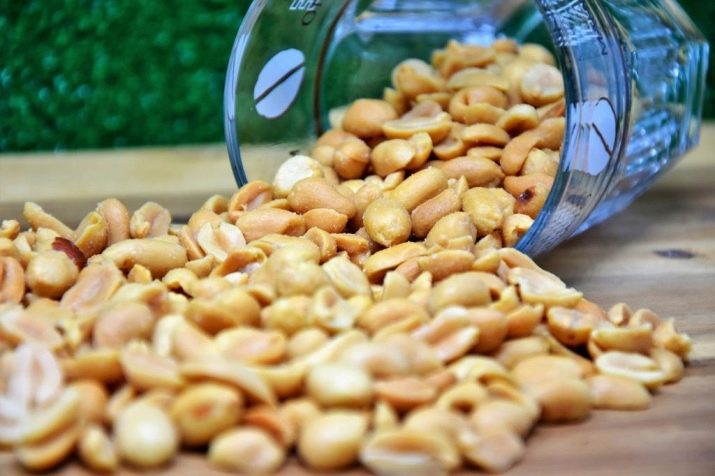
Almond
This is another type of nuts that are allowed in limited quantities in order to please the four-legged pet. Nuts should be given chopped or ground. Otherwise, the dog may choke, since almonds are a fairly large nut.
It is clear that the product is not suitable for daily treats, almonds should be given to the dog "on holidays"... You should not feed them to dogs suffering from diseases of the stomach or intestines, frequent indigestion, constipation. The almonds you give your dog should be sweet. Bitter nuts are a great spice, but poisonous to the dog as the kernels contain cyanide.

Hazelnut
This nut is also allowed. It is rich in sodium, vegetable protein, magnesium and phosphorus. The composition of the product promotes faster elimination of toxins and half-life products from the liver. Hazelnuts are given peeled, without shells. It helps to improve the condition of the coat, teeth, and has a positive effect on the dog's immunity.
You should refrain from such treats if the dog has a tendency to allergies, diseases of the stomach, pancreas.
A large amount of hazelnuts can cause the development of urolithiasis, and therefore do not feed your pet with this product constantly.
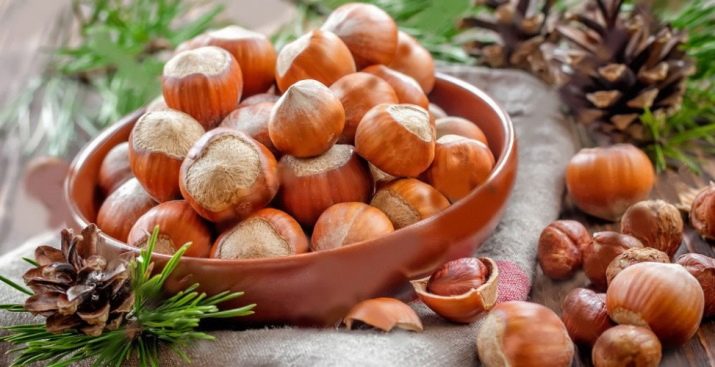
Cedar
This type of nut is perhaps the safest for shaggy human friends. It has long been noticed that hunting dogs often gnaw cedar cones. This food is rich in boron, iron and calcium. They improve the condition of the circulatory system, coat, increase the immunity of the animal. Often, according to the observations of hunters, dogs begin to look for pine cones precisely during the period of illness or after it, in the recovery stage.
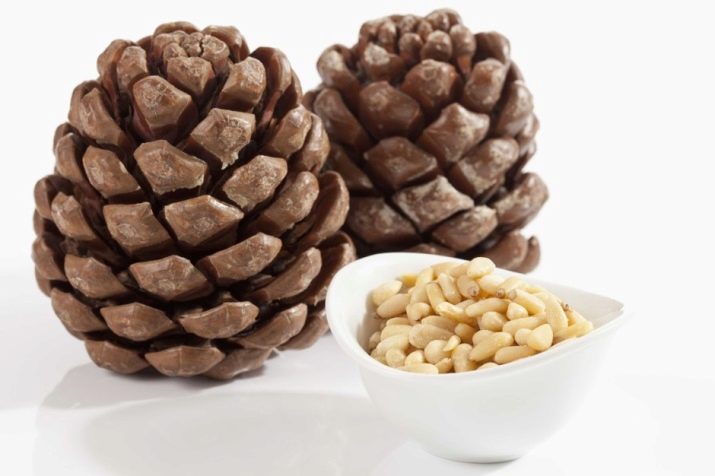
Cashew
It is permissible to give these nuts to a pet, but in very limited quantities, otherwise possible allergic reactions, indigestion.
Please note that small breed dogs can easily choke on cashew kernels, and therefore it is advisable to grind the product before use.
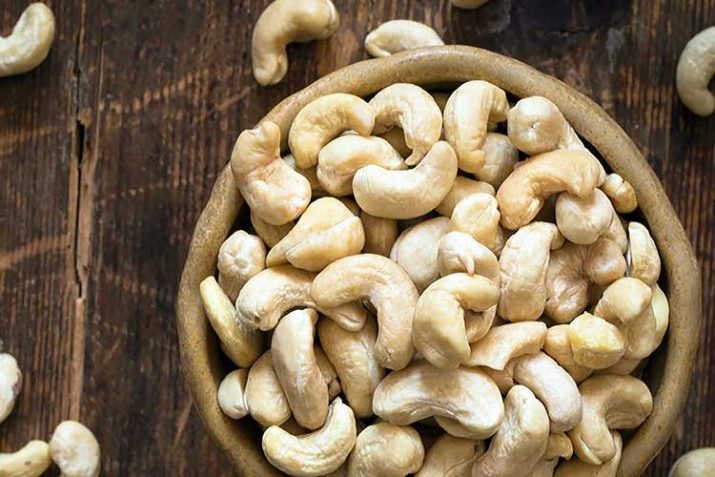
What are prohibited for use?
There are nuts that are not indicated for animals in any quantity, as they can be dangerous. These include several options for treating.
Greek
This product is valued by people for its high phosphorus content, but it is this reason that is considered an undesirable circumstance for animals: the abundance of phosphorus disrupts phosphorus-calcium metabolism, and the likelihood of developing kidney pathologies in the animal increases. If the dog eats fresh nuts, he may have diarrhea and vomiting, indigestion. If the dog gets a walnut with dried kernels, old, then poisoning with convulsions is possible.
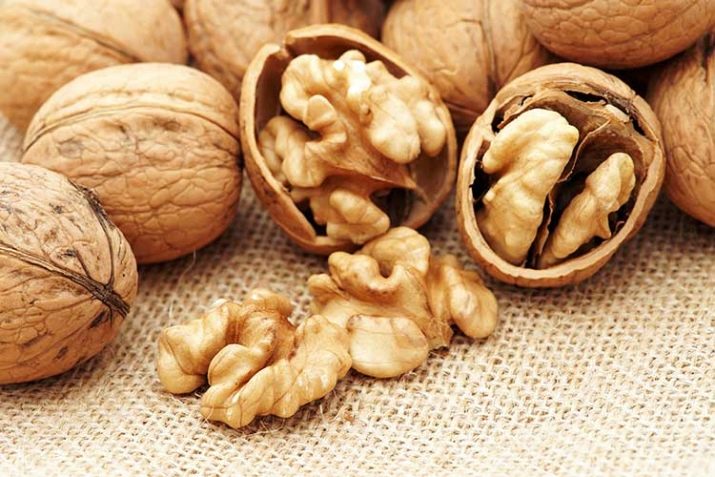
Macadamia
It is very difficult to predict how a dog's body will react to this rather toxic product. Some dogs eat 4-5 pieces and get severe poisoning, which often ends in paralysis of the limbs, others eat the same amount and show no signs of poisoning. However, veterinarians consider macadamia to be a dangerous nut for pets. The nut is especially dangerous for older dogs and puppies.
In dogs poisoned with walnuts, gait changes, they lose coordination of movements, their limbs, jaw tremble, the temperature rises, the dog becomes weak, exhausted.
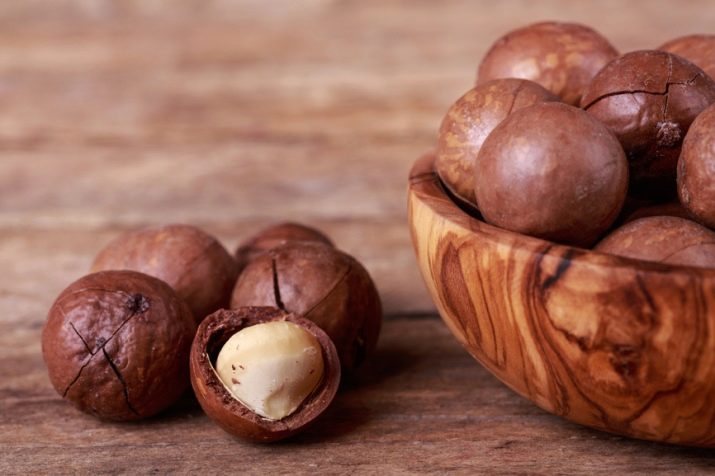
Pistachios
It is believed that these delicious nuts are not suitable for dogs in principle. They cause malfunction of the pancreas, and the hard shell can injure the intestinal walls. Pistachio lovers know that in each pack you can find several nuts, which are covered with a barely noticeable layer of mold. This mold contains aflactoxin, which is deadly to the dog: it causes liver damage with rapid development of acute liver failure.
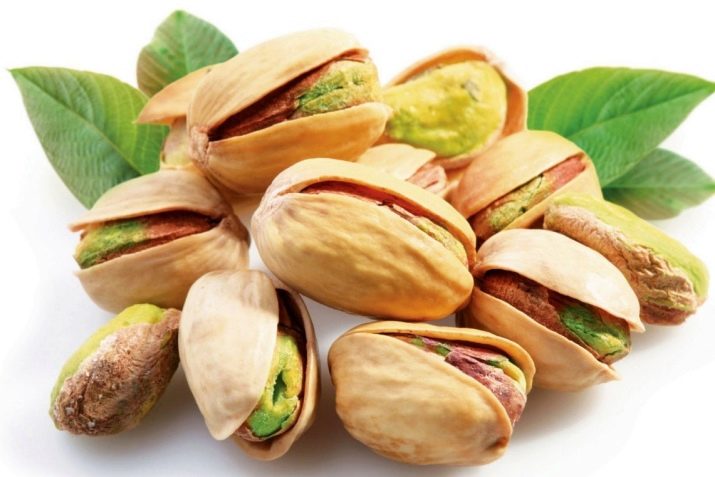
Nutmeg
This nut is one of the most dangerous for dogs. Even a small amount that a dog eats can cause paralysis of the hind limbs or even death of the animal.
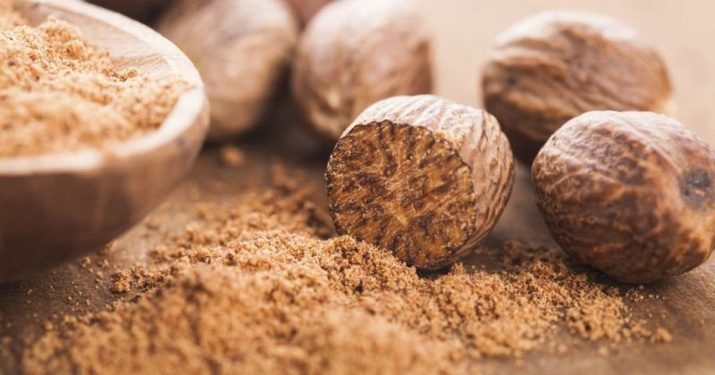
Contraindications
There are cases when nuts contraindicated.
- Do not give nuts to dogs that are currently sick, are recovering from illness or surgery. Excessive burden on immunity in this case can play a disservice.
- Nuts should not be given to dogs that have food allergies. It is better to encourage such dogs during training sessions and during walks with croutons, which you yourself prepare at home, or with pieces of special hypoallergenic dog treats.
- Nuts are undesirable in the diet of puppies and older dogs, as well as pregnant bitches.
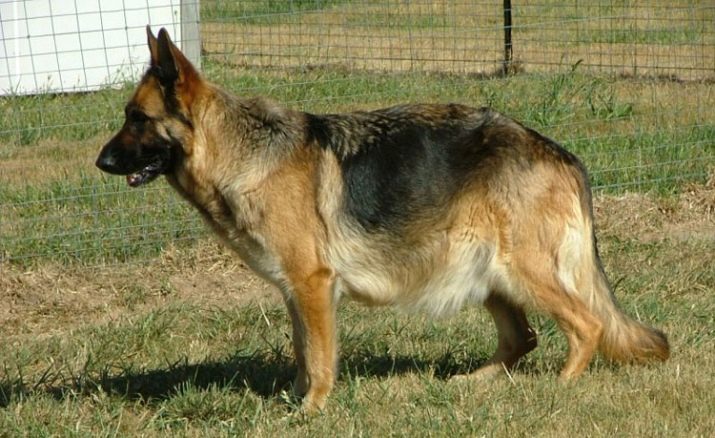
What to do in case of poisoning?
Nut poisoning is most common about 5-12 hours after the dog has eaten the treat. If we are talking about a simple indigestion, the following will appear:
- diarrhea;
- vomit;
- lack of appetite.
If we are talking specifically about poisoning with toxic substances in the composition of the nut, then the following phenomena are possible:
- the appearance of a tremor of the paws;
- disorientation in space;
- vomit;
- anxiety;
- wobbly gait;
- signs of paralysis of the paws.
First aid should be to induce the gag reflex as soon as possible. Try to give your dog water and vomit. If this does not work, you should immediately go to the veterinarian.
The doctor will prescribe drugs that induce vomiting, as well as carry out the necessary detoxification therapy to help the animal quickly get rid of the remains of toxic substances in the body. The reception of enterosorbents is shown.

In case of severe poisoning, drugs are administered drip. Further predictions depend on how much the central nervous system of the animal is affected by toxins. With timely help, paralysis and death of a dog are not so common.
Never feed your dog more than one type of nut at the same time. In case of poisoning, it will be difficult to understand which of them such a reaction appeared, and this is important information for the veterinarian, who must know which poison caused the dog's serious condition.
The following video will tell you about what you can not feed the dog.






































